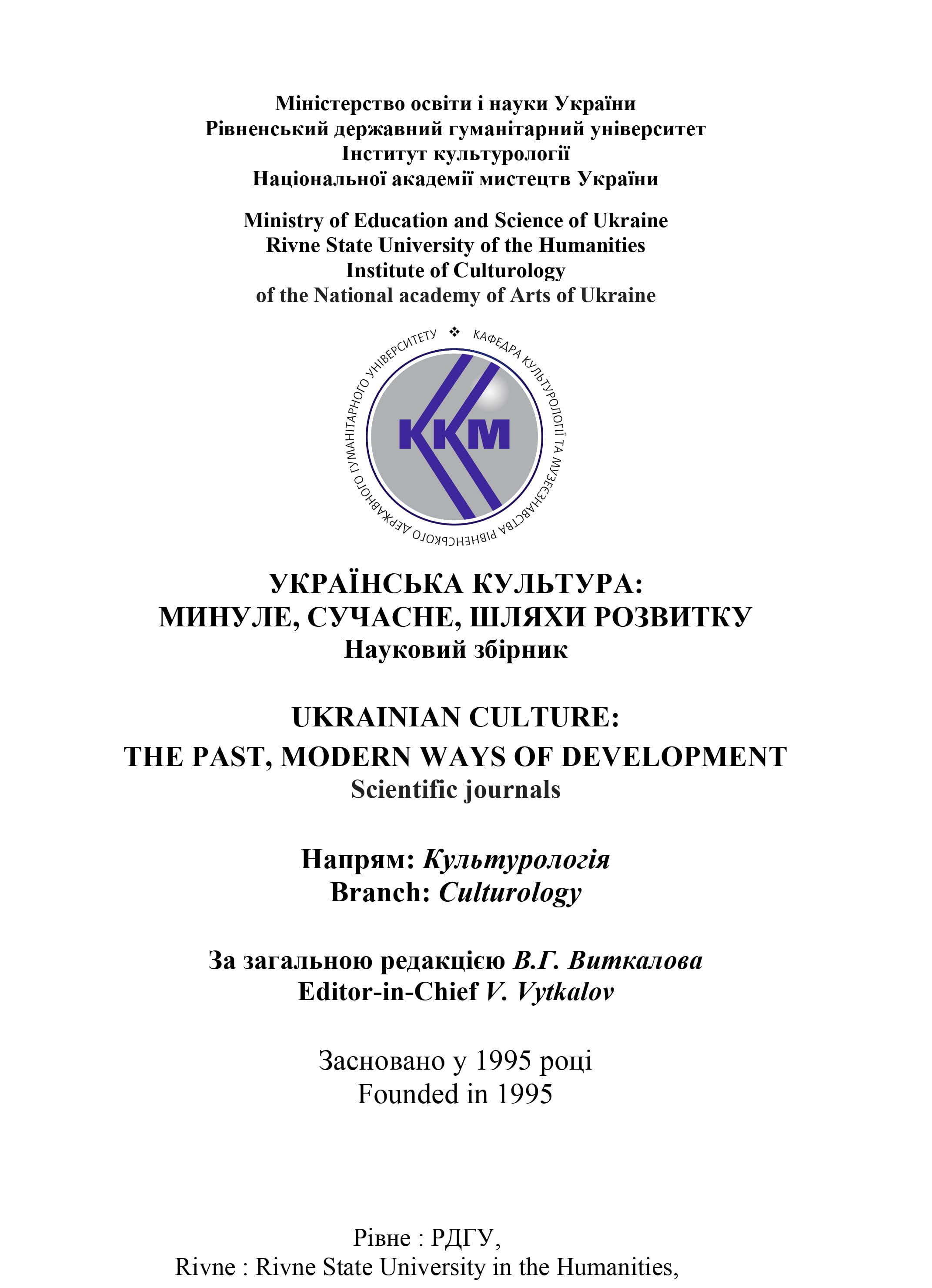СТРУКТУРНИЙ МЕТОД У ДОСЛІДЖЕННІ ТРИПІЛЬСЬКИХ ОРНАМЕНТІВ
DOI:
https://doi.org/10.35619/ucpmk.vi43.572Ключові слова:
орнаменти трипільців, структури орнаментів на трипільських мисках і горщиках.Анотація
Розглянуто семи-, восьми- і 28-членні структури трипільських орнаментів на керамічних виробах. Проаналізовано восьмичленні структури на мисках. Виділено два типи знаків, які, на думку автора, позначають богів і богинь. Висловлено думку, що пантеон трипільців складався з Богині-Матері і сімки божеств. Досліджено семичленні структури, за якими приховано сім божеств, сім сфер Космосу, сім планетних сфер і сім днів. Розглянуто 28-мичленну структуру, якою структурували Космос і міряли цикли деяких планет та жінки-богині. Висловлено думку про єдність всіх цих структур. Автор вважає, що вони є базовими структурами світогляду трипільців, за якими приховується сімка/вісімка божеств первісного пантеону. Метод виділення і дослідження структур у первісних орнаментах дозволяє проникнути в семантику символів, з яких сформовані ці орнаменти. Дослідження структур трипільських орнаментів може бути досить плідним для проникнення у духовний світ трипільської цивілізації.




